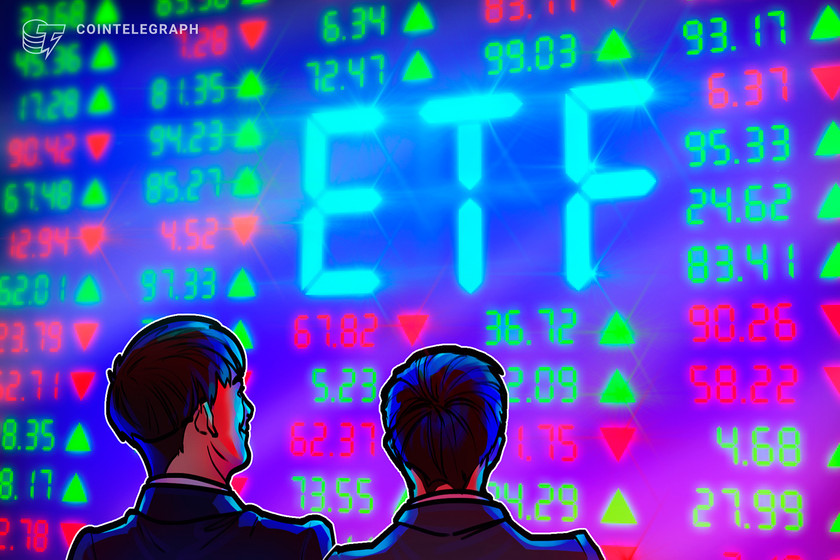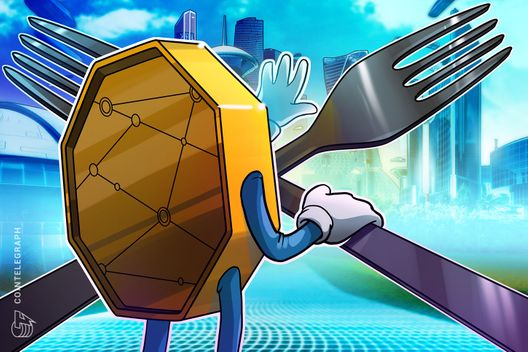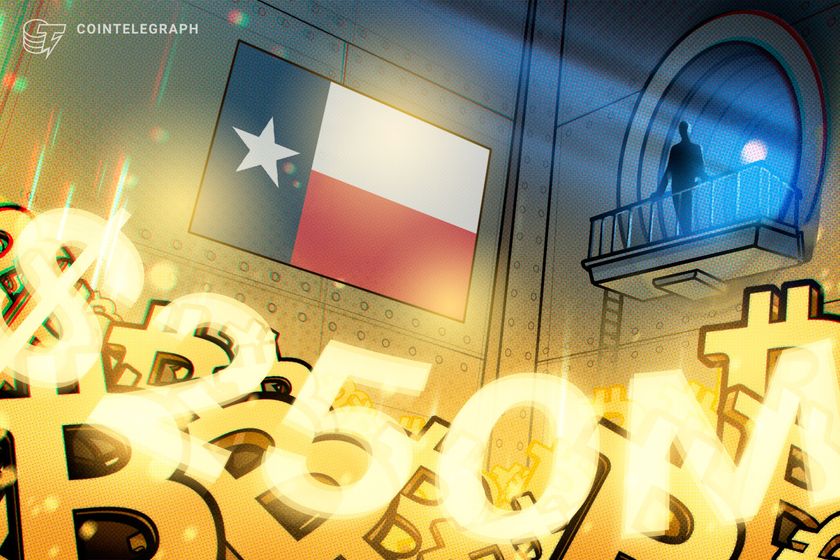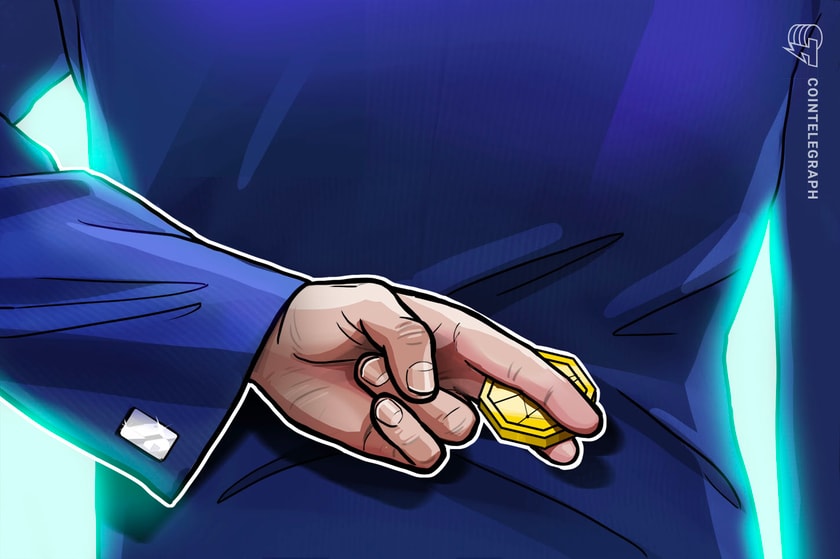NFT-optimized Palm Network to become a Polygon ZK Supernet
The Ethereum sidechain will transition to a proof-of-stake network this August and become a full-fledged layer 2 based on Polygon’s zero-knowledge protocol in 2024.
337 Total views
2 Total shares

Nonfungible token-focused blockchain Palm Network is about to become a great deal more accessible to users, with plans to transition into being a customized Polygon blockchain.
According to a July 26 announcement, Palm Network will soon become a Polygon (MATIC) ZK Supernet, which will see minting, trading, and collecting NFTs becoming more readily available to its users.
Additionally, Palm Network will become interoperable with Ethereum and the rest of the Polygon 2.0 ecosystem.
— Palmfdn (@palmfdn) July 27, 2023
Polygon “supernets” are customizable blockchains that are created using Polygon consensus software, while the term “ZK Supernet” refers to a network that uses zero-knowledge proofs to process deposits and withdrawals from Ethereum.
Palm Network’s transition to a Polygon Supernet will take place in two stages. On August 23, it will transition to a proof-of-stake (PoS) consensus mechanism network. Then sometime in 2024 it will transition into a ZK-based layer-2.
Palm Network has partnered with NFT marketplace Candy Digital, which carries licensed NFTs from NASCAR, Major League Baseball, Netflix, Warner Brothers, WWE and other brands. The digital art distributor HENI is also built on the network.

Palm is currently an Ethereum (ETH) sidechain, which means that it relies entirely on its own nodes for security.
Once the transition process is completed, transfers between Palm Network and Ethereum will be processed using Polygon’s zero-knowledge proof protocols, making their security partially dependent on the Ethereum blockchain and therefore potentially more secure.
Related: Polygon 2.0 begins groundwork for decentralized governance
Polygon co-founder Jordi Baylina praised Palm’s move, saying that it will lead to greater accessibility for users without sacrificing security:
“By leveraging Polygon Supernets technology, developers of Palm Network can preserve the user experience amid even the highest network activity while minimizing the gas costs for its community — resulting in a significantly more accessible and democratic ecosystem.”
Over the past few months, the Polygon team has been working to create an ecosystem of multiple ZK supernets joined together through its software, a system they have referred to as “Polygon 2.0.”
They face competition from Optimism’s “Superchain,” a similar multichain vision based on the OP Stack software. ZkSync has also announced that it will be building a multi-network ecosystem made up of “Hyperchains.”
Collect this article as an NFT to preserve this moment in history and show your support for independent journalism in the crypto space.
Magazine: Tokenizing music royalties as NFTs could help the next Taylor Swift









